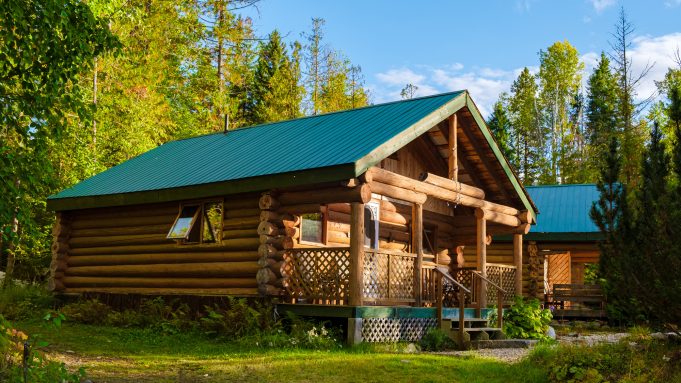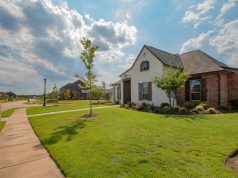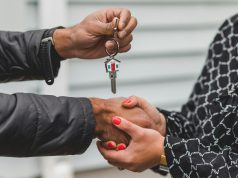Living off the grid is ideal for many people for various reasons. Some might want to be more connected to nature. Others want to establish independence. And often, it’s both.
It’s also enticing because living off the grid in the UK is completely legal. Still, it is challenging because it can be expensive, and you must prepare yourself to live a sustainable lifestyle. But many find that powering homes could be more affordable with a self-sufficient energy system in the long run. If you’re thinking of going off the grid, here’s a guide for the preparations you must do.
What Is Off-Grid Living?
When a home becomes entirely independent from energy and no longer depends on the UK National Grid, the house uses an alternative energy source. The grid is responsible for providing electricity, heat, and hot water in the nation. Some households instead generate their renewable energy through solar panels and wind turbines.
What You Need To Be Independent Of The Grid
The off-grid lifestyle is a challenging one. You’ll need to disconnect from civilization and become self-sufficient by providing your needs sustainably. But if you’re determined to go completely off the grid, you should prepare the following:
- A Suitable Property For The Lifestyle
Your current home or the one you plan to purchase will help determine if going off grid is for you. You must consider the size, house type, and location. Head to the rural area of England’s Somerset region, and you’ll find it’s among the best places in Europe to live an environment-friendly, self-sufficient lifestyle. Tinker’s Bubble is a community with houses made of timber and constructed entirely by hand.
A similar community exists in Taos, New Mexico, in the United States, well-known as an off-grid location with houses called Earthships. Residents built these houses with cans, bottles and tires. Off-grid homesteads are also shipping containers, yurts, bamboo houses, cob houses and more. While they are not mandatory, these homes are easier to maintain and don’t take too long or too expensive to build.
- The Ideal Location
An off-grid life involves finding the best location possible. The place will serve your needs and allow you to live peacefully away from the city. You can purchase land as a start and check if you need to pay council tax according to the size of the lot.
Before purchasing, look into the kind of land you want. Off-gridders sometimes live in the woodland because of the abundance of wood and other dry and organic materials for building and fuel. Another option is to live in wide open spaces like the fields. The land you need should be fertile to grow crops and raise livestock.
The most crucial factor is ensuring your location is near a clean source of water, which is vital for your survival. Your land should be close to a river, well or any body of water. You must also know how to purify water for drinking and cooking.
- Secure A Planning Permission
Planning permission may be mandatory if you want to build a new structure, make changes to your building or if you want to modify the use of a network. Getting permission is necessary if you want to create your home and live permanently. But if you’re only planning to live off the grid in a yurt or caravan, there’s no need for planning permission.
Contact your local council to reach the local planning authority (LPA) to confirm if you need UK Planning Permission. Perhaps you begin your project without planning permission. The authorities can serve you an enforcement notice to stop and undo what you’ve done.
- Decide On A Power Source
Living off the grid doesn’t mean you can stay independent of energy. You can if you can harness energy on your own. You can secure various devices that generate power and allow you to use modern electrical appliances. Even in a remote location, you can charge your mobile devices, work on your computer, use your appliances and more.
The most common energy source for the off-grid lifestyle is solar panels on your home’s roof or in the surrounding area near your shelter. You’ll need batteries compatible with solar panels to store energy. Make sure to get enough batteries depending on your needs because your devices and appliances consume different amounts of energy.
Other alternative sources of power are wind turbines and hydroelectric power. The latter needs you to be close to a water source and might be a bit expensive to set up.
- Waste Disposal And Drainage
You’ll need a waste management plan to ensure you won’t impact the environment adversely. Improper waste disposal destroys ecosystems and can affect your health and the water and food source you may share with creatures in your environment. Dumping waste could also result in costly fines.
You can plan to build a composting toilet that is waterless, odourless, and compact. Alternatively, you can make a soakaway, a one-metre-deep hole in the ground you dig. You line the hole with rocks or stones where the water on the surface slowly drains away from your home, ensuring to use rv toilet paper that is specifically designed for efficient decomposition in such systems.
Takeaway
You can go off the grid by building a suitable shelter surrounded by nature. Plan your power source if you’ll be using panels or wind turbines to generate free and renewable energy. Create a waste management system to safely dispose of waste and avoid ruining your surroundings. But before building anything, make sure to secure planning permission for building, remodelling or changing the purpose of your homestead.














